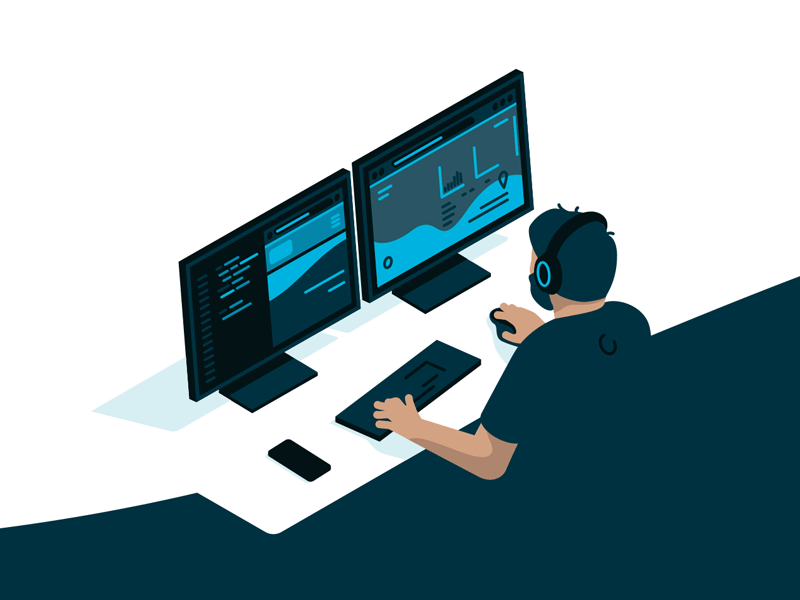Animation has evolved from being a niche technique to a powerful tool for filmmakers looking to enhance their storytelling and create visually stunning experiences. Whether you’re working on a short film, a feature project, or a digital media campaign, animation can offer a unique creative edge. Here are key tips for integrating animation into your projects with impact, combining technical know-how with creative inspiration.
1. Start with a Clear Creative Vision
Before diving into any animation work, it’s crucial to have a clear vision for how animation will serve your story. Ask yourself: What role should animation play in my narrative? Animation can be used for many purposes: to establish a unique visual style, visualize abstract concepts, or enhance the emotional impact of a scene. Knowing this upfront will guide your decisions throughout the project.
For example, when I worked on a short animated sequence for a documentary, we used stylized animation to visualize key historical moments that couldn’t be captured in live-action. The animation added emotional weight and allowed us to highlight concepts like memory and time in ways that traditional film could not.
2. Choose the Right Animation Style
There are many types of animation—2D, 3D, stop-motion, rotoscope, and more—and choosing the right one for your project will depend on your story, your target audience, and the resources at your disposal.
2D Animation: Ideal for projects that want a retro or hand-crafted feel. It can evoke nostalgia or stylize concepts in an approachable way. 3D Animation: Used for more dynamic, realistic visuals. It’s great for creating lifelike characters or environments but requires more time and resources. Stop-Motion: This technique adds a tangible, handcrafted texture to films. It’s often used in independent films for a unique, tactile feel. Rotoscoping: For projects blending live-action and animation, rotoscoping allows you to trace over footage for a seamless look.
When I was creating a teaser for a sci-fi project, we decided to use 3D animation for the futuristic environments but mixed in 2D animated elements to emphasize the film’s dreamlike quality. This combination brought an unexpected layer of visual interest to the film.
3. Invest in the Right Tools
The success of your animation integration will depend on the tools you use. There are a variety of animation tools available, from free to high-end professional software. Investing in the right ones will streamline your workflow.
If you’re just starting out, I recommend tools like Blender (for 3D animation) and Krita (for 2D animation), both of which are free and incredibly powerful. For professional-level animation, Adobe After Effects and Cinema 4D are industry standards, offering robust features for high-quality animation.
For storyboard creation, tools like Story-boards ai and Best storyboard AI tools available for free can be a huge help. These AI-driven platforms help streamline the pre-production process, allowing filmmakers to quickly visualize their ideas. I’ve personally used Story-boards ai for several projects and found it extremely helpful in planning complex animated sequences. The ability to adjust scenes on the fly and add notes made the creative process so much smoother.
4. Seamlessly Blend Animation with Live-Action
One of the most exciting ways to integrate animation is by combining it with live-action footage. However, this can present some challenges, especially in terms of pacing and continuity. To make this blend seamless, focus on the following:
- Lighting Consistency: Ensure that both the animated and live-action elements have consistent lighting and shadows to create a unified visual style.
- Motion Matching: The movement of animated characters or elements should match the physical action in the live-action footage. Use motion capture or keyframe animation to sync the two effectively.
- Color Grading: After integrating animation, color grading both elements in post-production ensures they complement each other visually.
For one project I worked on, we used live-action footage for a music video and blended 2D animation into specific scenes. It was a challenge to match the animation’s lighting with that of the live-action, but by focusing on shadow placement and color grading in post-production, we achieved a seamless look that elevated the entire piece.
5. Don’t Overuse Animation—Less Is Often More
While animation can be a powerful tool, it’s important to avoid overloading your film with it. Animation should enhance your storytelling, not overpower it. Use animation strategically, and allow it to support the story’s emotional or visual moments.
For instance, consider using animation for a character’s flashbacks or thoughts instead of animating entire scenes. This can maintain the focus on the live-action performances while giving a fresh and engaging look when needed.
In one of my own films, we used a short animated sequence to depict a character’s dreams—this subtle integration created a striking moment in the film without overwhelming the overall tone.
6. Experiment with Different Techniques and Mediums
Don’t be afraid to experiment with different techniques, styles, and mediums when incorporating animation into your project. Mixing mediums can create stunning visuals that surprise and engage the audience.
For example, you might combine hand-drawn animation with 3D models or mix stop-motion animation with digital elements. The key is to stay true to your story and the emotional tone you wish to convey.
In a recent project, we used a combination of stop-motion animation and digital effects to represent a character’s internal struggle. The tactile, hand-crafted animation contrasted with the sleek digital elements, creating a layered and visually interesting final product.
7. Collaborate with Animation Professionals
Animation is a specialized skill, and unless you’re an expert, working with professionals can greatly improve the quality of your project. Collaborating with animators allows you to focus on other aspects of the production while bringing in the expertise necessary to make your animation seamless and impactful.
Find animators whose style aligns with your vision and trust their creative input. I’ve found that having regular check-ins with animators during the production process not only ensures the project is progressing as planned but also sparks creative solutions that might not have been apparent at the outset.
Conclusion
Integrating animation into your film or video project can significantly enhance your creative output, offering opportunities to explore new visual styles, emotional depths, and storytelling techniques. By following these tips—starting with a clear vision, choosing the right style, investing in the best tools, and collaborating with professionals—you can harness the full potential of animation to create a truly unique and impactful project. Remember, animation is a tool, not a crutch, and when used thoughtfully, it can elevate your film to new heights.





